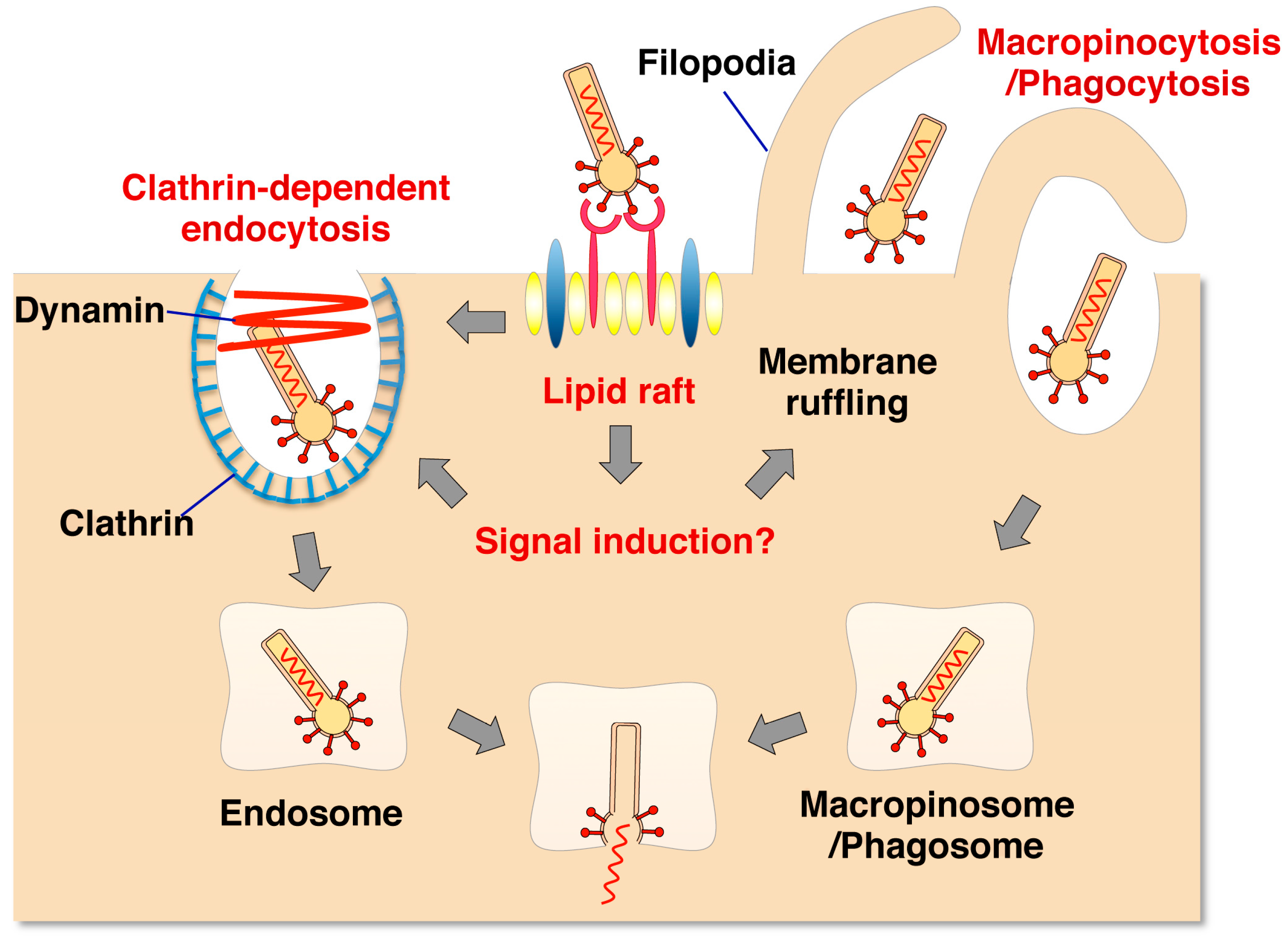

aureus strains has not been systematically studied. However, the effect of FA on mammary epithelial cells during the challenge of different S. FA supplementation reduces postpartum SCC during the periparturient period and improves production traits in dairy cattle. Folic acid (FA) plays a crucial role in the development of mammary gland, and reduces certain inflammation in some species (such as cattle, chicken, and mice ), as well as cancer risks in mice and human. In addition, certain micronutrients may be beneficial and environmentally sound for supporting host immune function. Therefore, the similarities and differences of host responses to different S. The degree of mammary inflammation depends on the pathogen, the host immunity level, and their interaction. The asymptomatic cases are usually not detected and then furtively spreads throughout the herd, posing a huge threat for cows. aureus were also isolated from cows with asymptomatic phenotype. aureus isolated from mastitis cows, some S. aureus is widely distributed in cows with different inflammatory responses. aureus strains, including five MRSA strains, from bovine milk across nine Holstein dairy farms, and found that S. In our previous study, we isolated and cultured 191 S. For the host, the mammary epithelial cells in mammary gland establishes the first physical line of defense against the external pathogen, and a healthy mammary gland is vital in mobilizing the early innate immune response.

In the mastitis cell model, a previous study observed that the transcriptional expression levels of several candidate genes in primary bovine mammary epithelial cells (pbMECs) or Mac-T cells line are significantly different for different S. Prevention strategies for pathogen-induced diseases need to be developed from the perspectives of both pathogens and host cells. aureus mastitis is vital for its prevention. Thus, understanding the progression of bovine S. The improper clinical use of antibiotics has resulted in the appearance of methicillin-resistant S. Owing to its immune evasion and resistance to multiple antibiotics, S. It is an important cause of bovine mastitis and a threat to human health. aureus) is a zoonotic bacterium that is widely spread in various environments, including human and animal skin, nose, throat, stomach, carbuncle, air, and sewage. Our data shed light on the potential effect of FA through regulating key gene and then protect host cells’ defense against S. Further enrichment analysis using these transcriptome data with cattle large-scale genome-wide association study (GWAS) data confirmed that ZBP1 gene is highly associated with bovine somatic cell score (SCS) trait. ZBP1 at the upstream of cytoplasmic DNA sensing pathway was verified and related to anti-pathogen through RNA interference. aureus and MRSA partially through activating cytoplasmic DNA sensing and tight junction pathway. Folic acid could protect host defense against the challenge of S. aureus led to distinct transcriptional responses from the host immune system. Differential gene expression or splicing analysis showed that different strains of S.

aureus and a strain of MRSA (Methicillin-resistant Staphylococcus aureus) isolated from cows with different inflammation phenotypes were used to challenge Mac-T cells and to investigate their effects on the global transcriptome of the cells, then to explore the potential regulatory mechanisms of folic acid on S. aureus mastitis via the interaction between host, pathogen, and environment is the key to an effective and sustainable improvement of animal health. Exploring the biological progression of S. aureus) infection is one of the most difficult diseases to treat in dairy cattle. Mastitis caused by Staphylococcus aureus ( S. This study provides novel insights into the improvement of S. aureus challenge partially through activating cytoplasmic DNA sensing and tight junction pathway. aureus strains share few differentially expressed and spliced genes and activate host differentially inflammatory responses, and folic acid plays the protective role in host defense against the S. Functional enrichment analysis indicated different S. aureus lineages and folic acid on the global transcriptome of bovine mammary epithelial cells (Mac-T cell line). RNA-seq was performed to investigate the effects of different S. aureus strains and the protective effects of folic acid on improving host defense against S. However, the heterogeneity of inflammatory responses in bovine mammary epithelial cells challenged with different virulent S. Our previous study observed that the inflammation of bovine mammary gland could be reduced by folic acid, i.e., a kind of beneficial micronutrient.

The cross-talk between host, pathogen, and environment influences bovine resistance to S. Mastitis caused by zoonotic Staphylococcus aureus ( S.


 0 kommentar(er)
0 kommentar(er)
